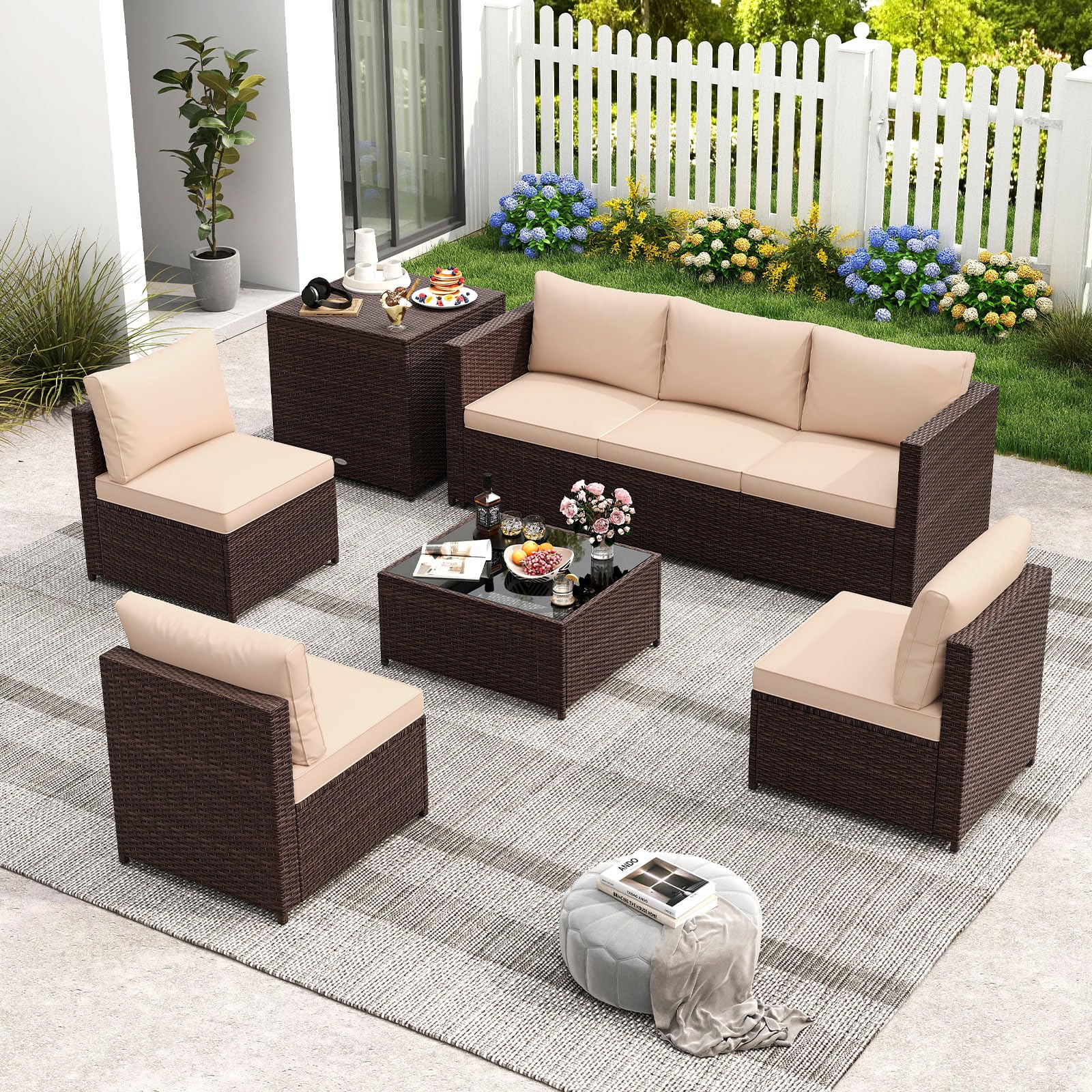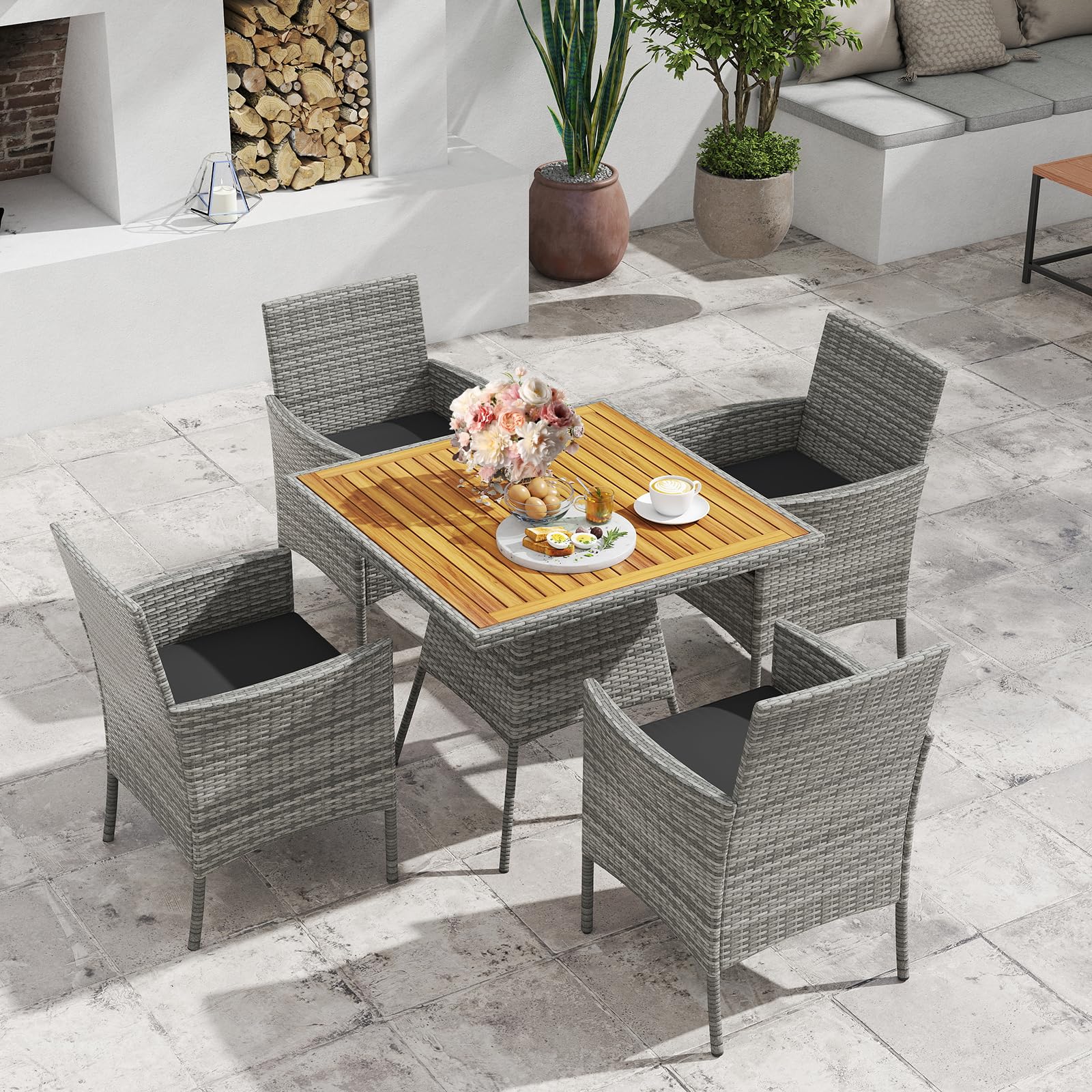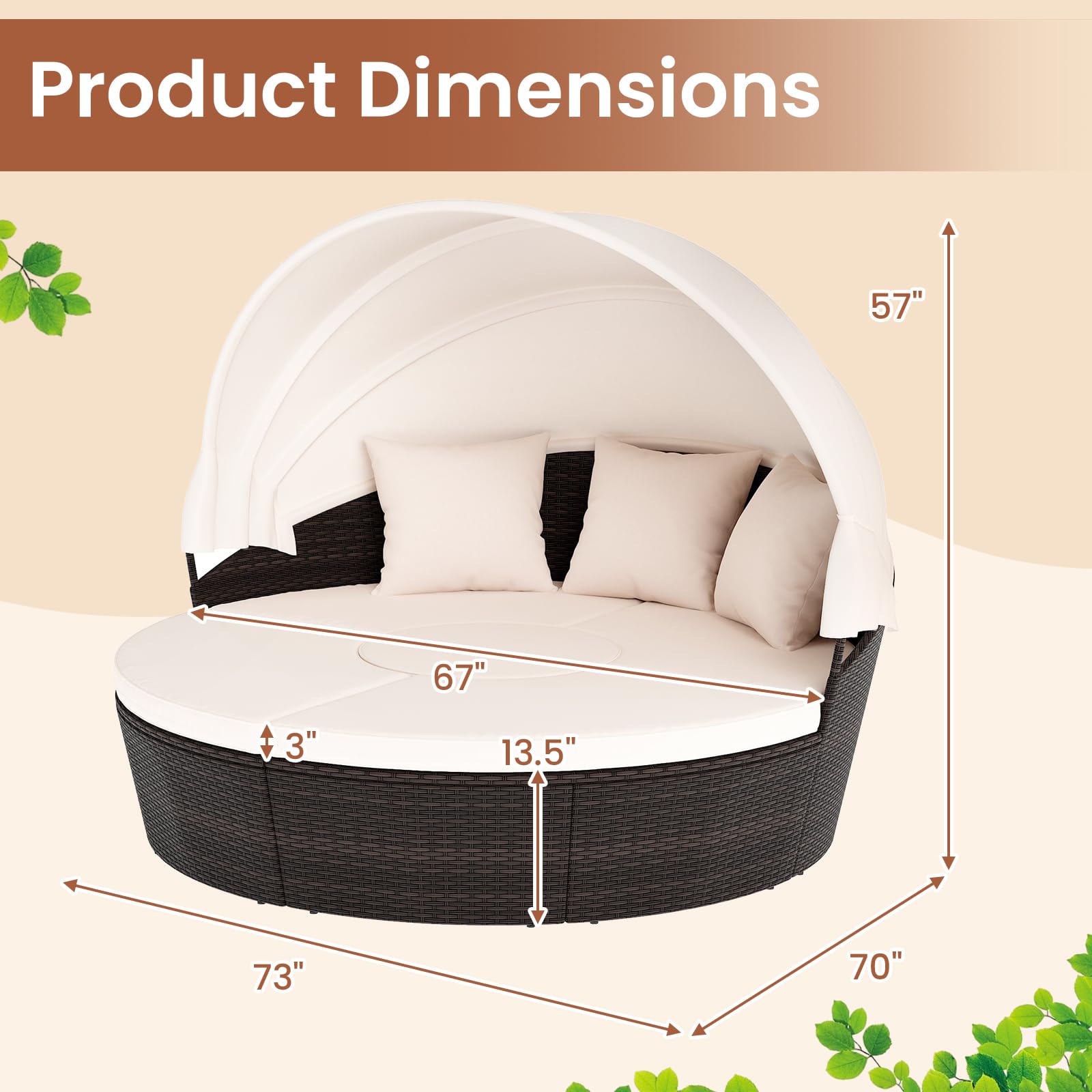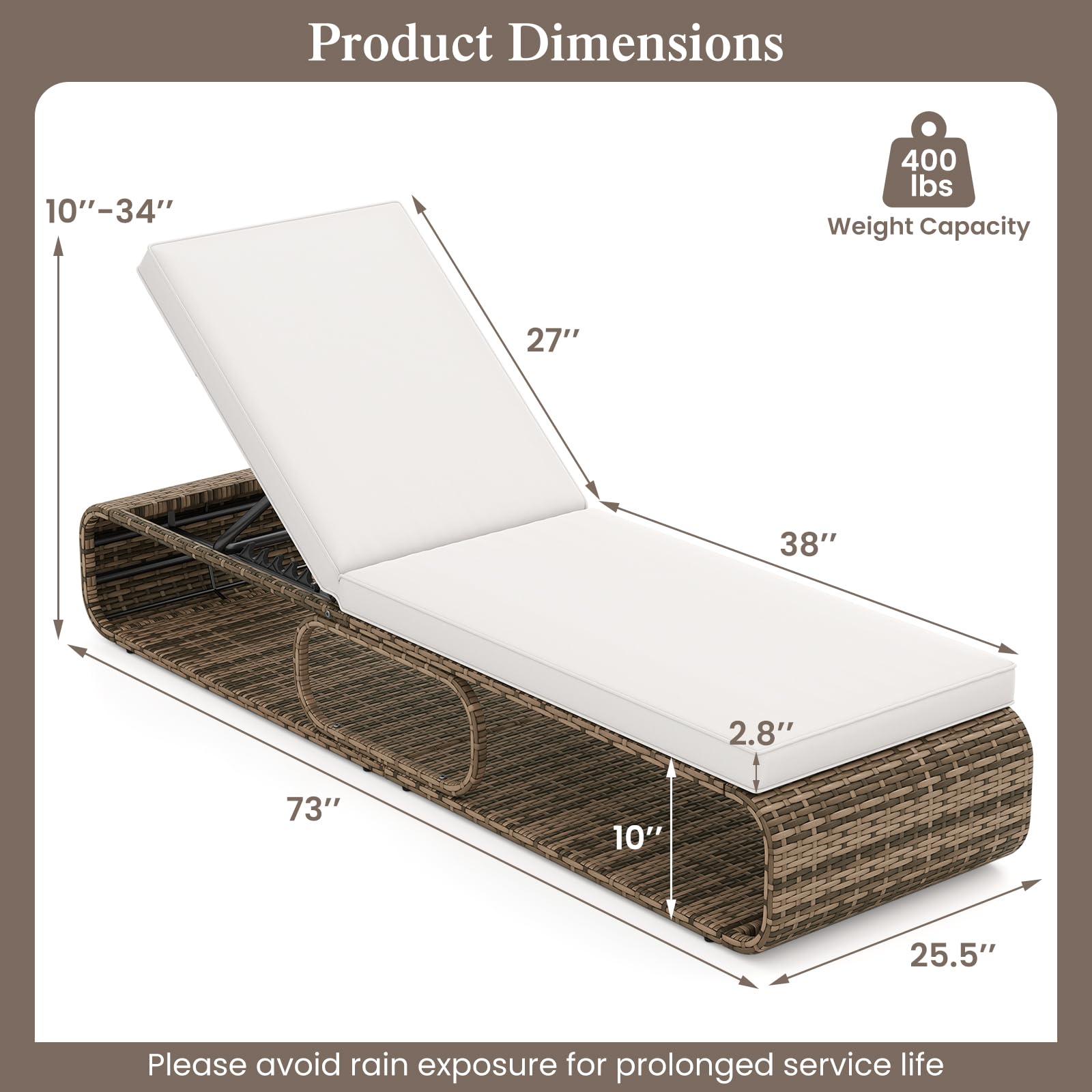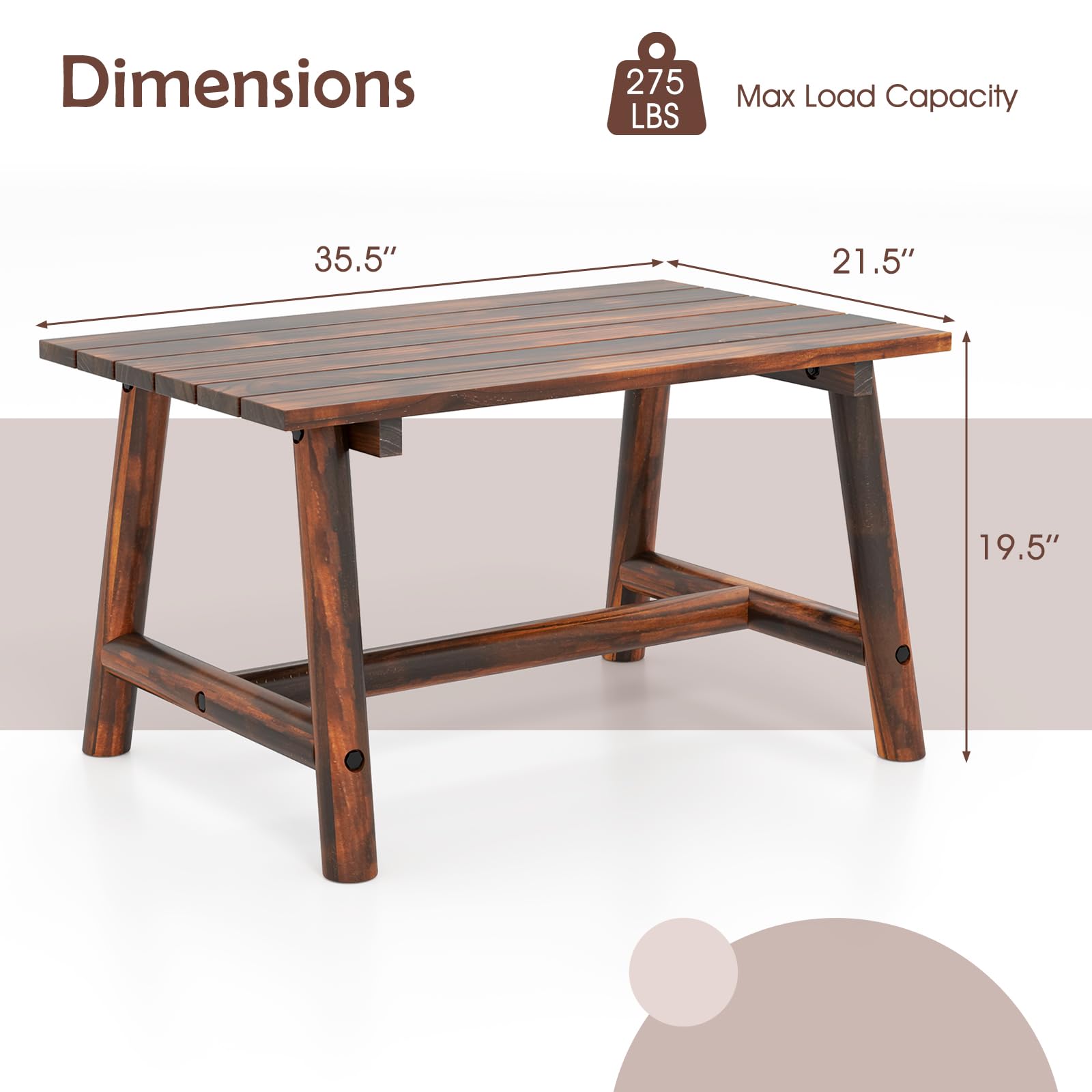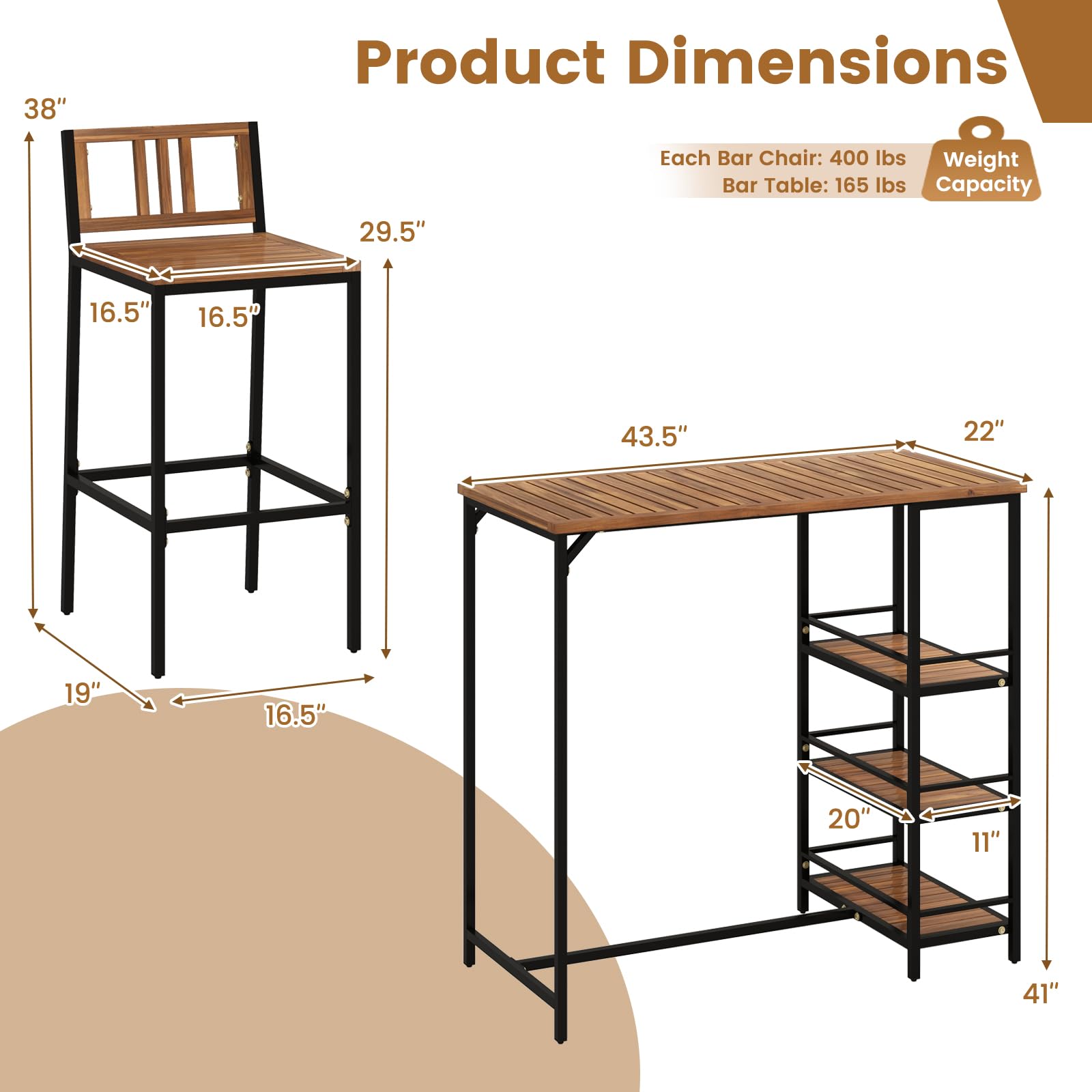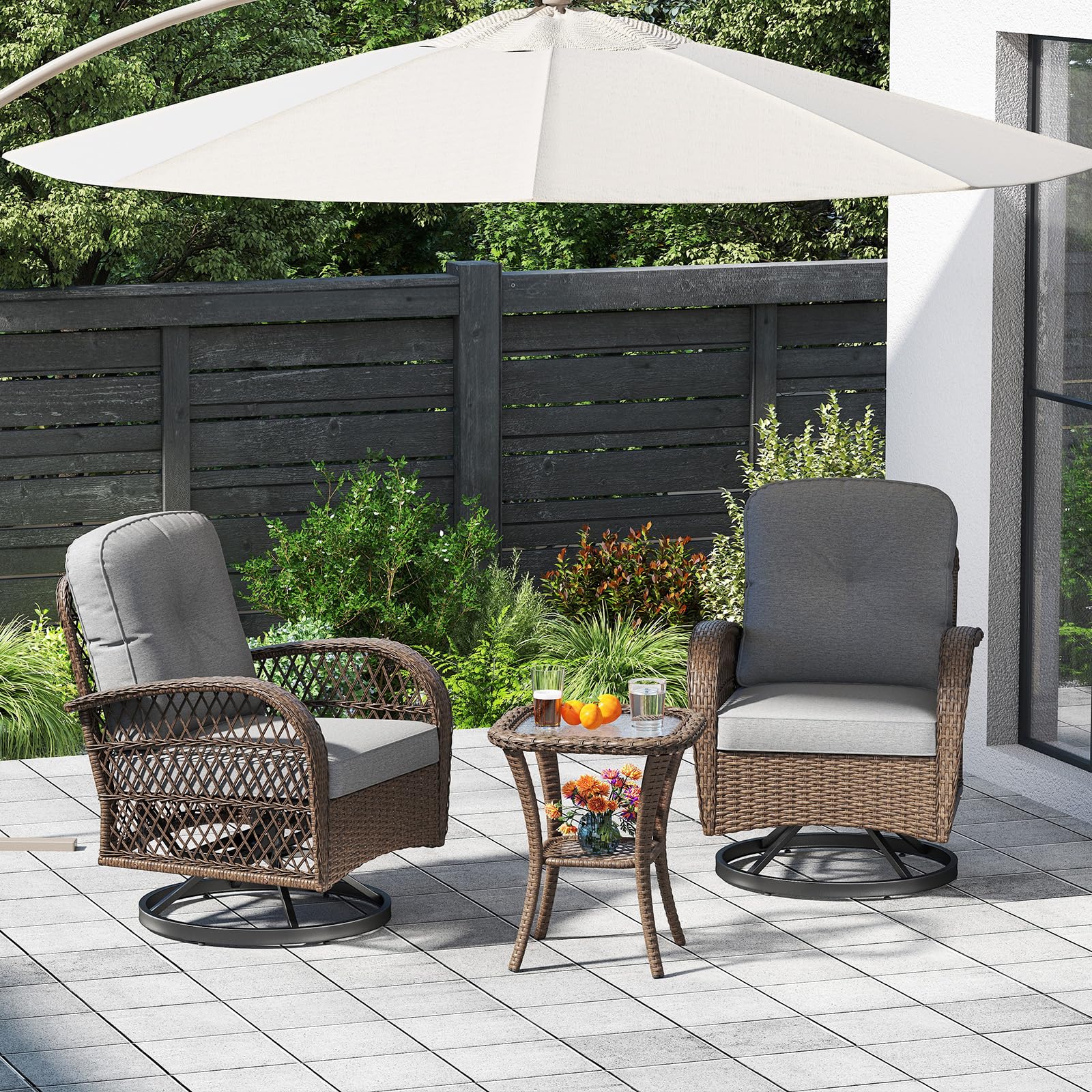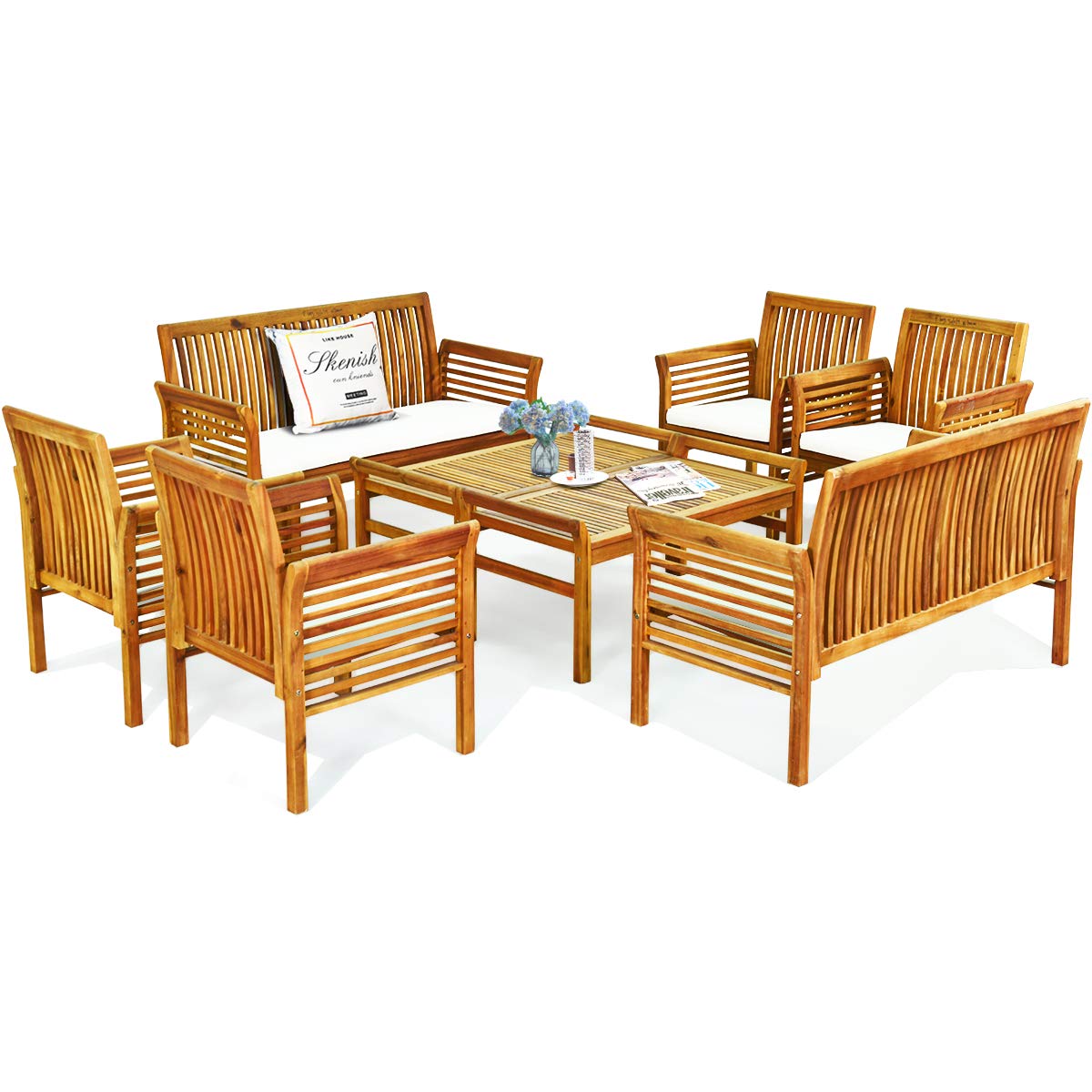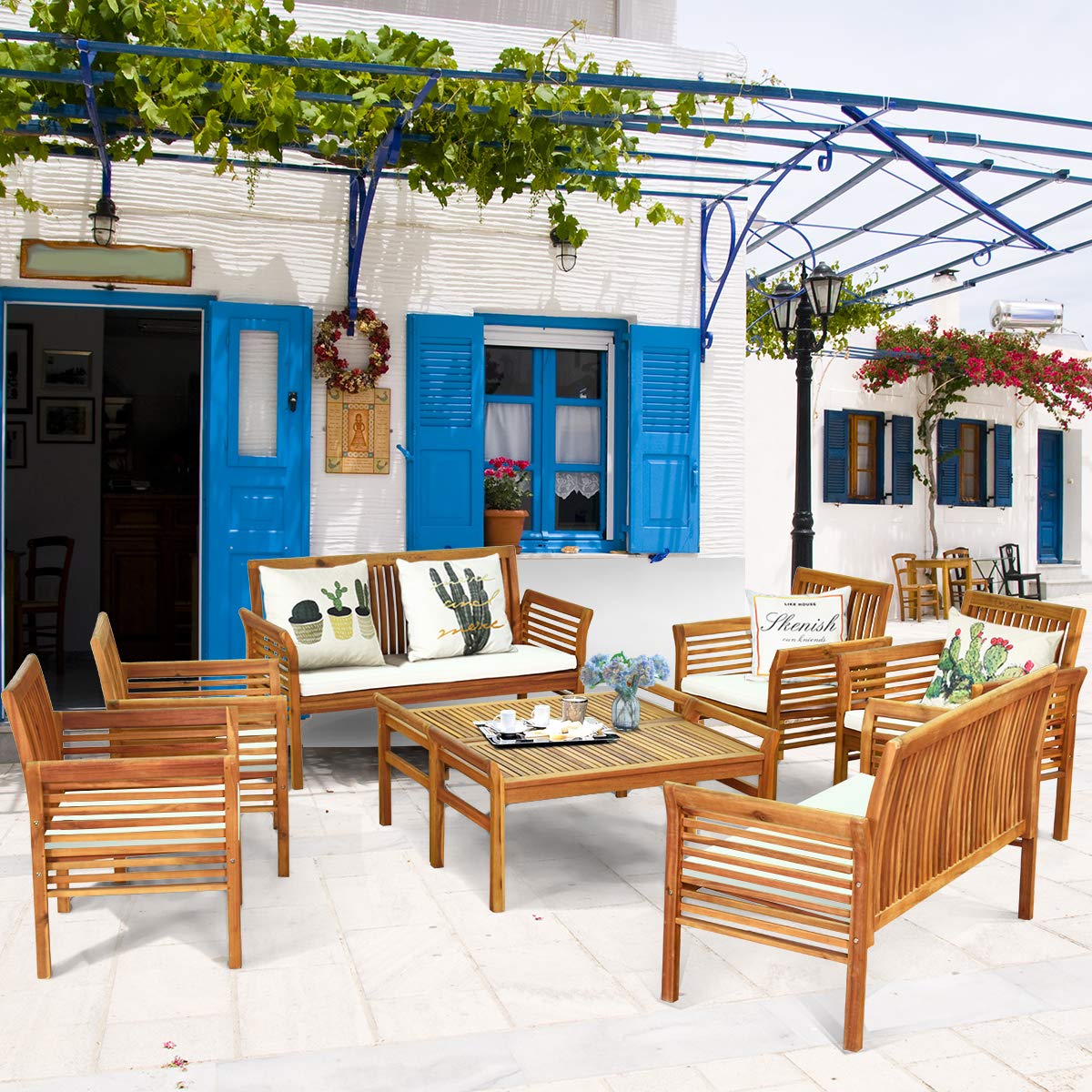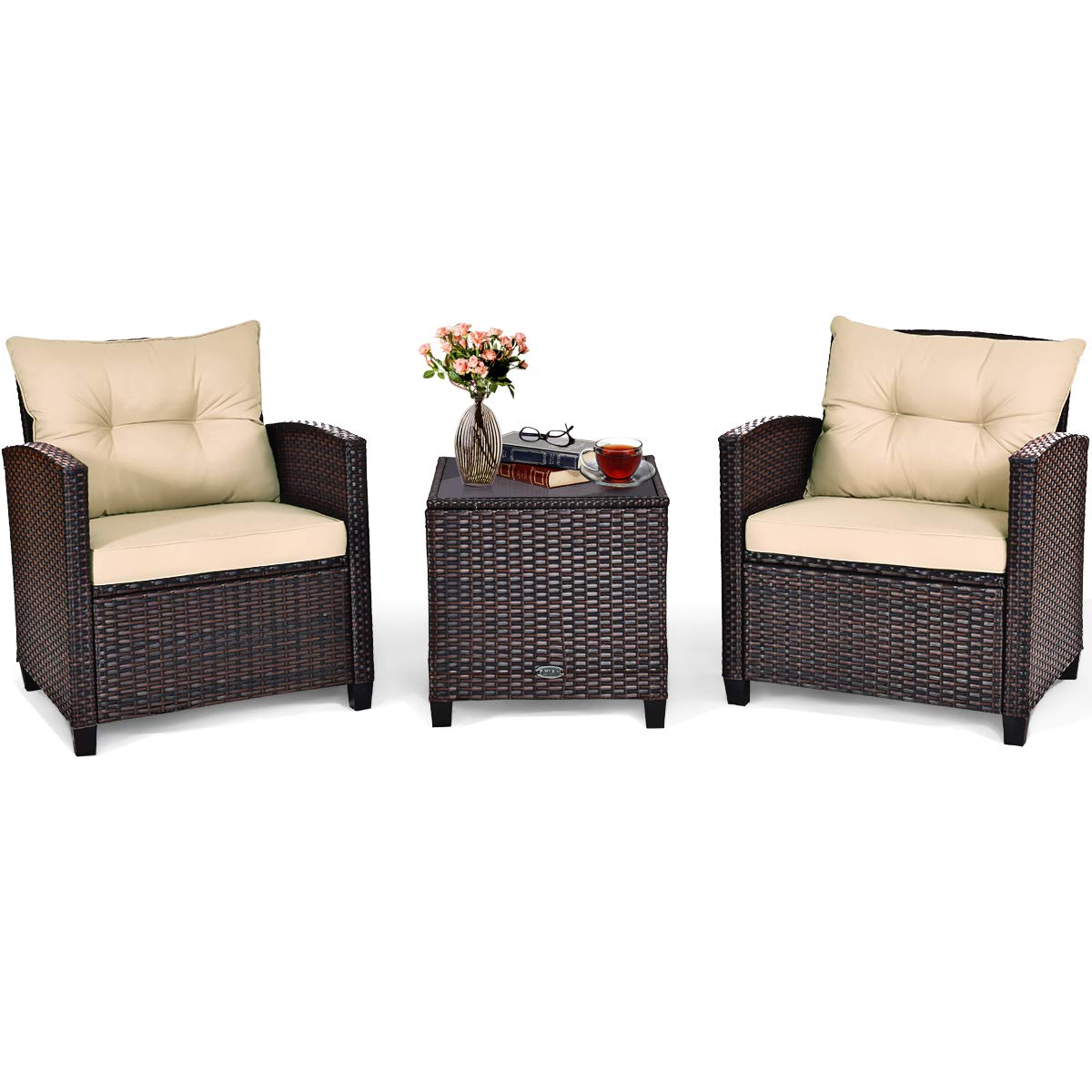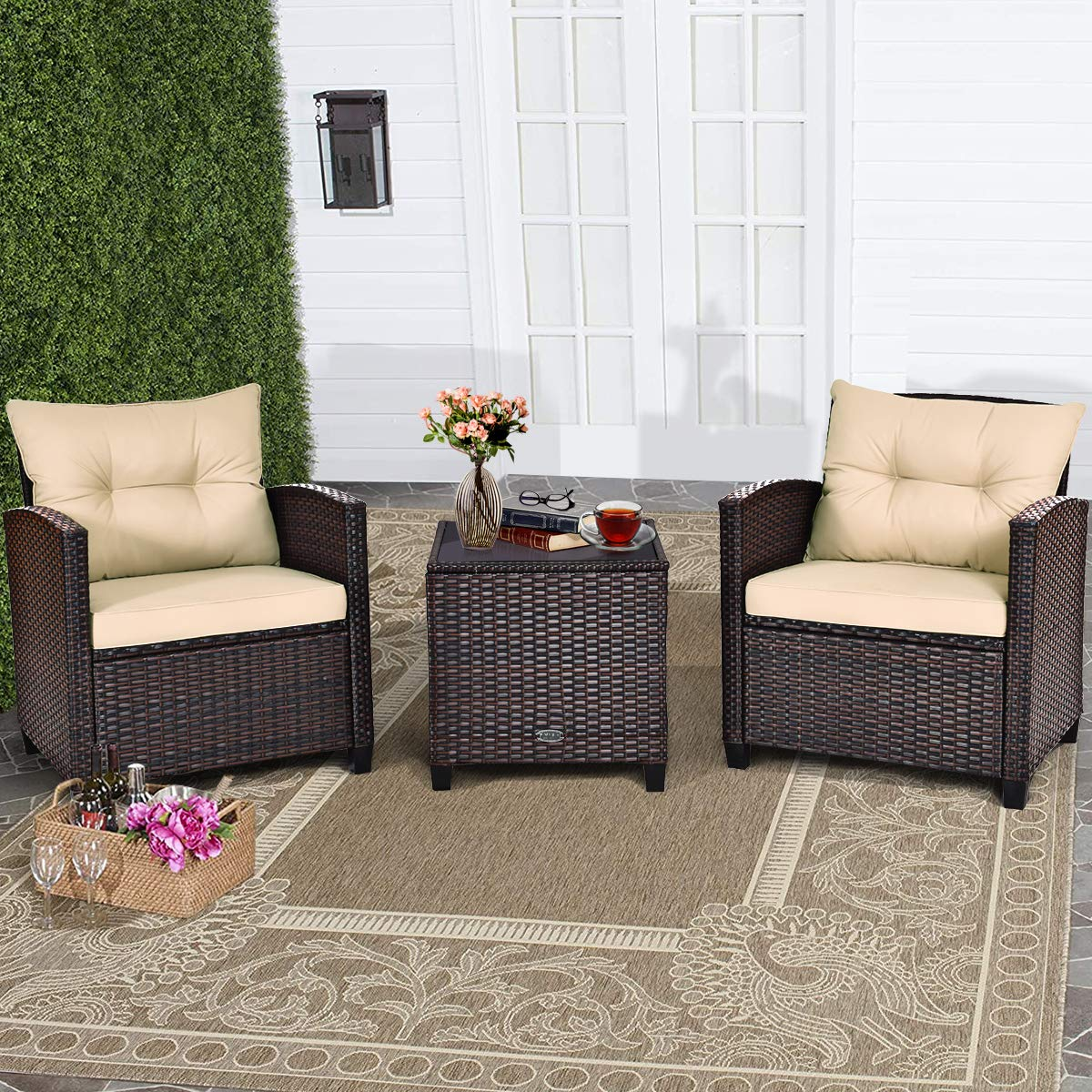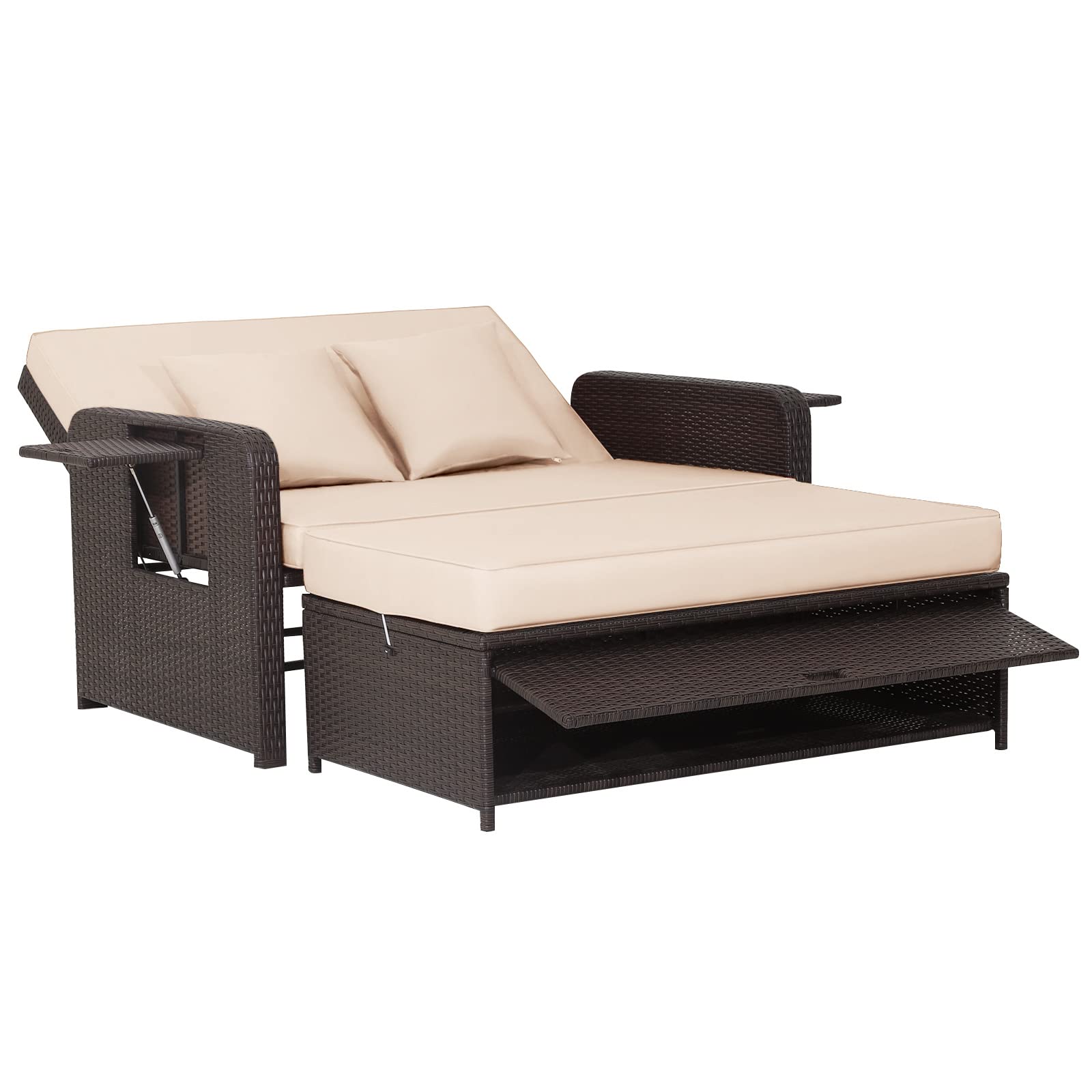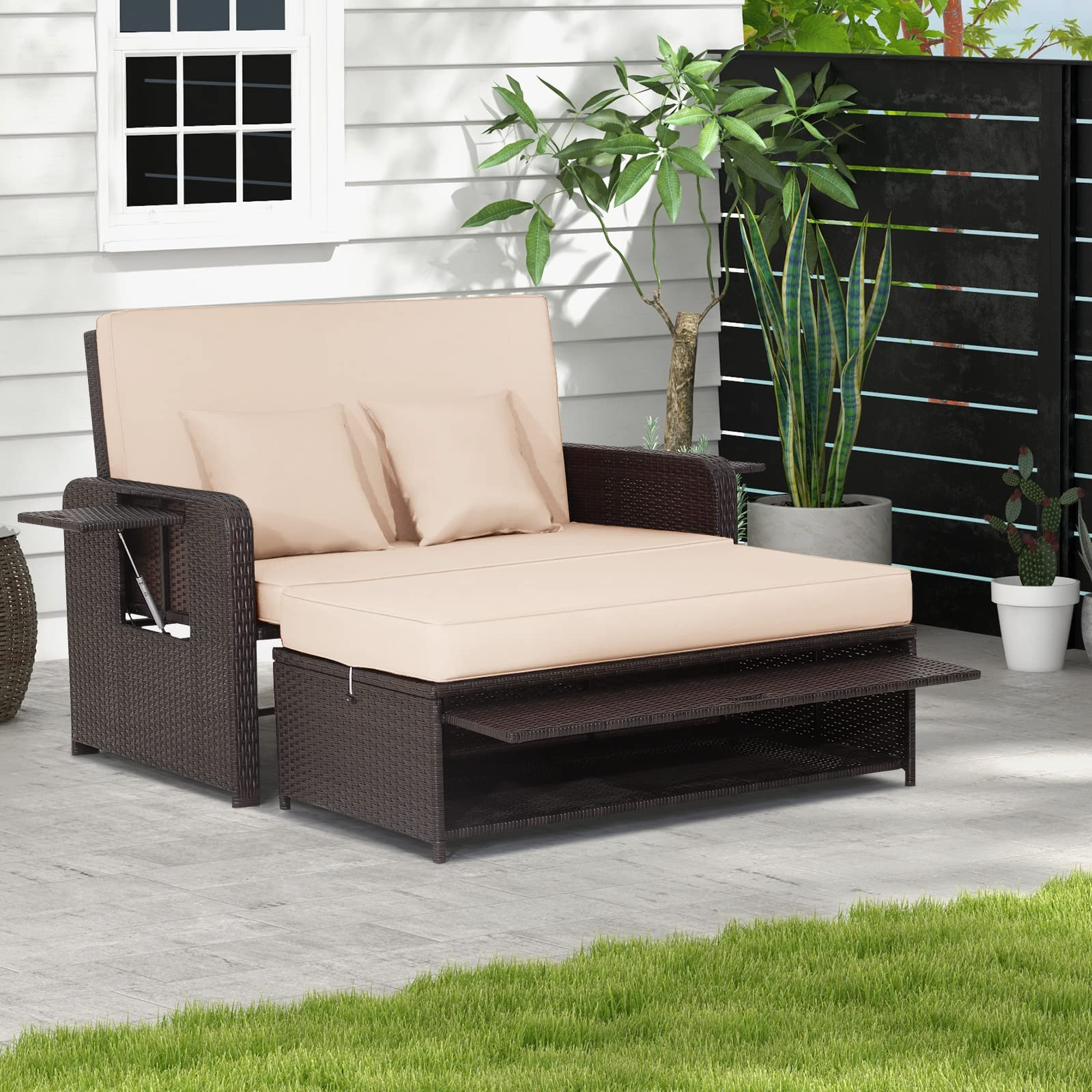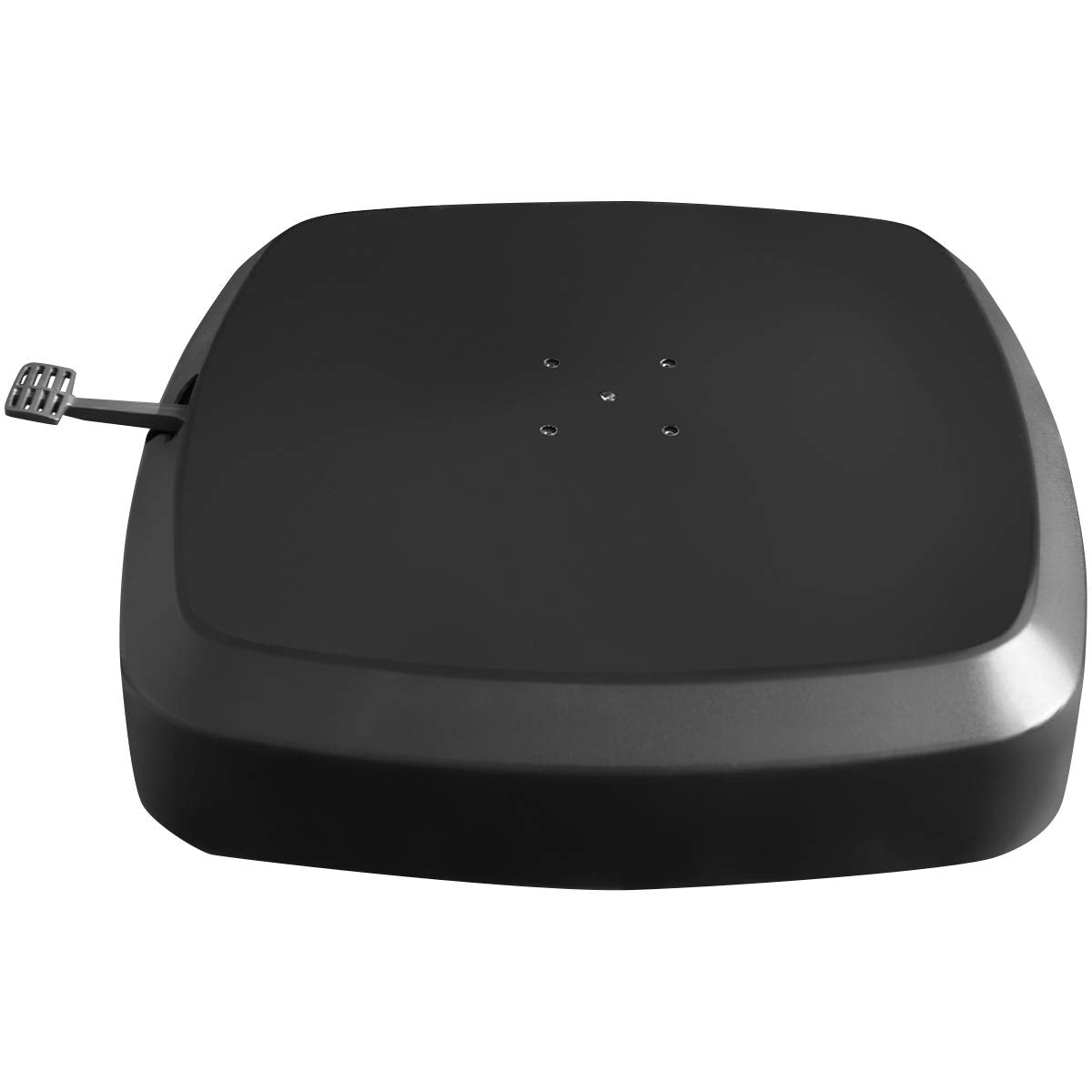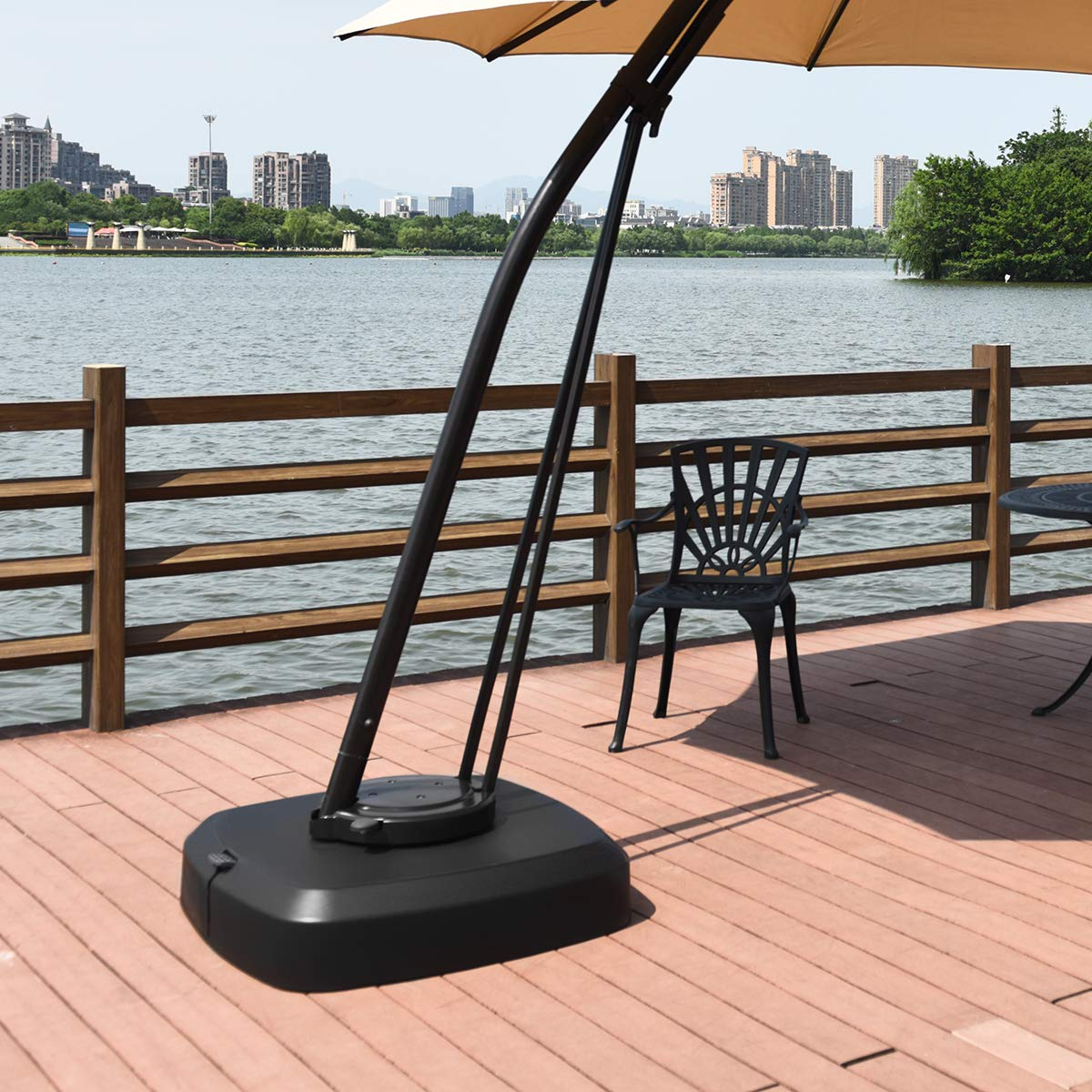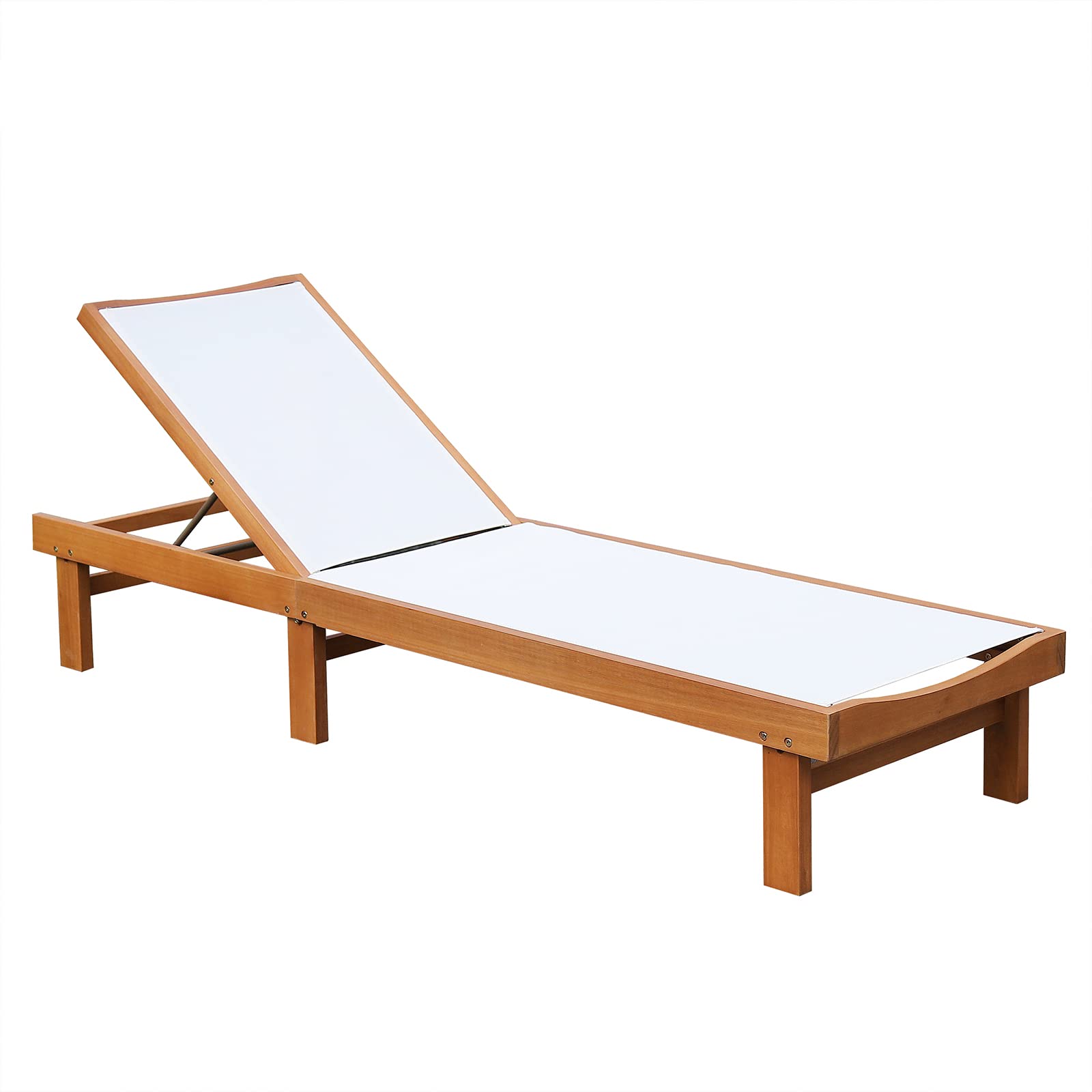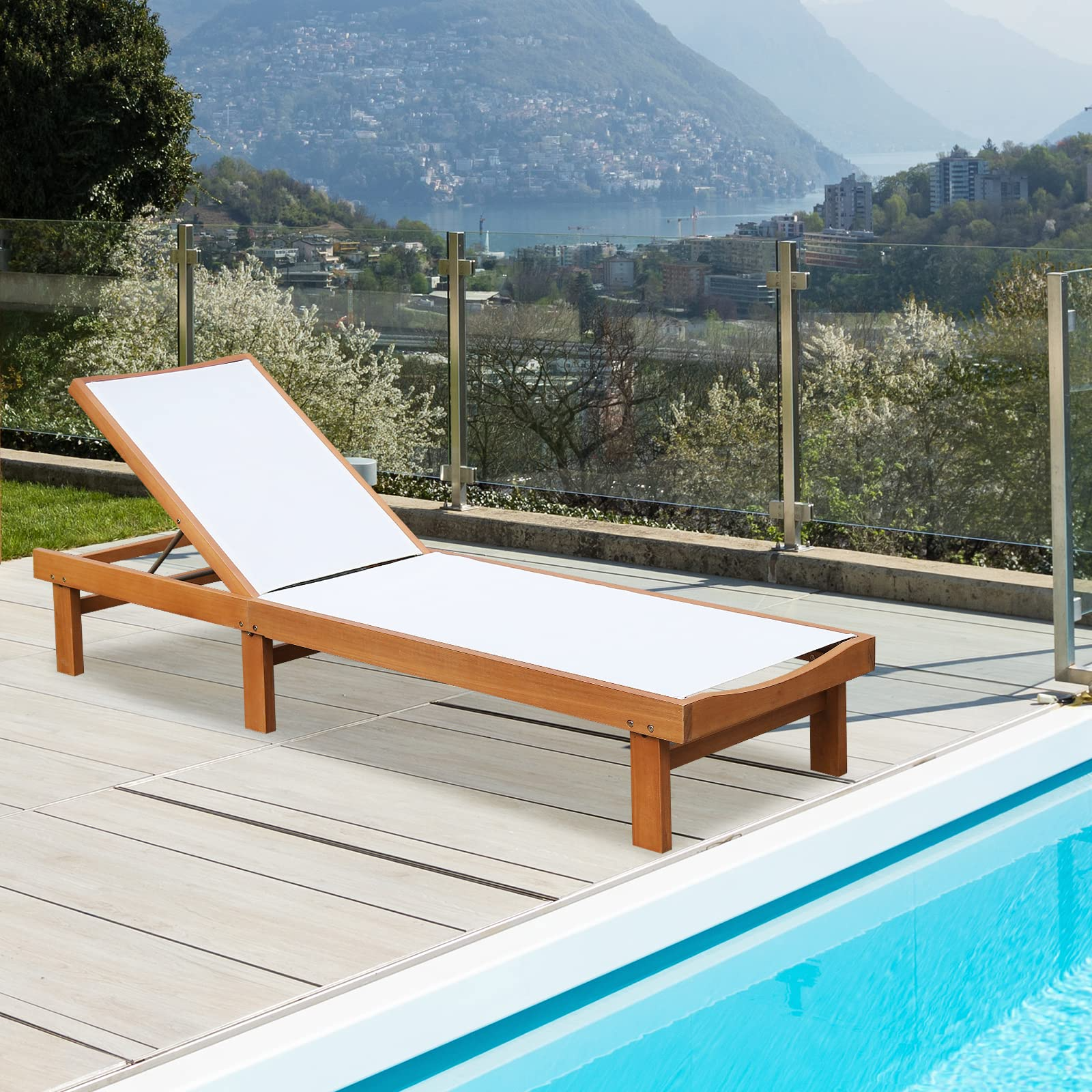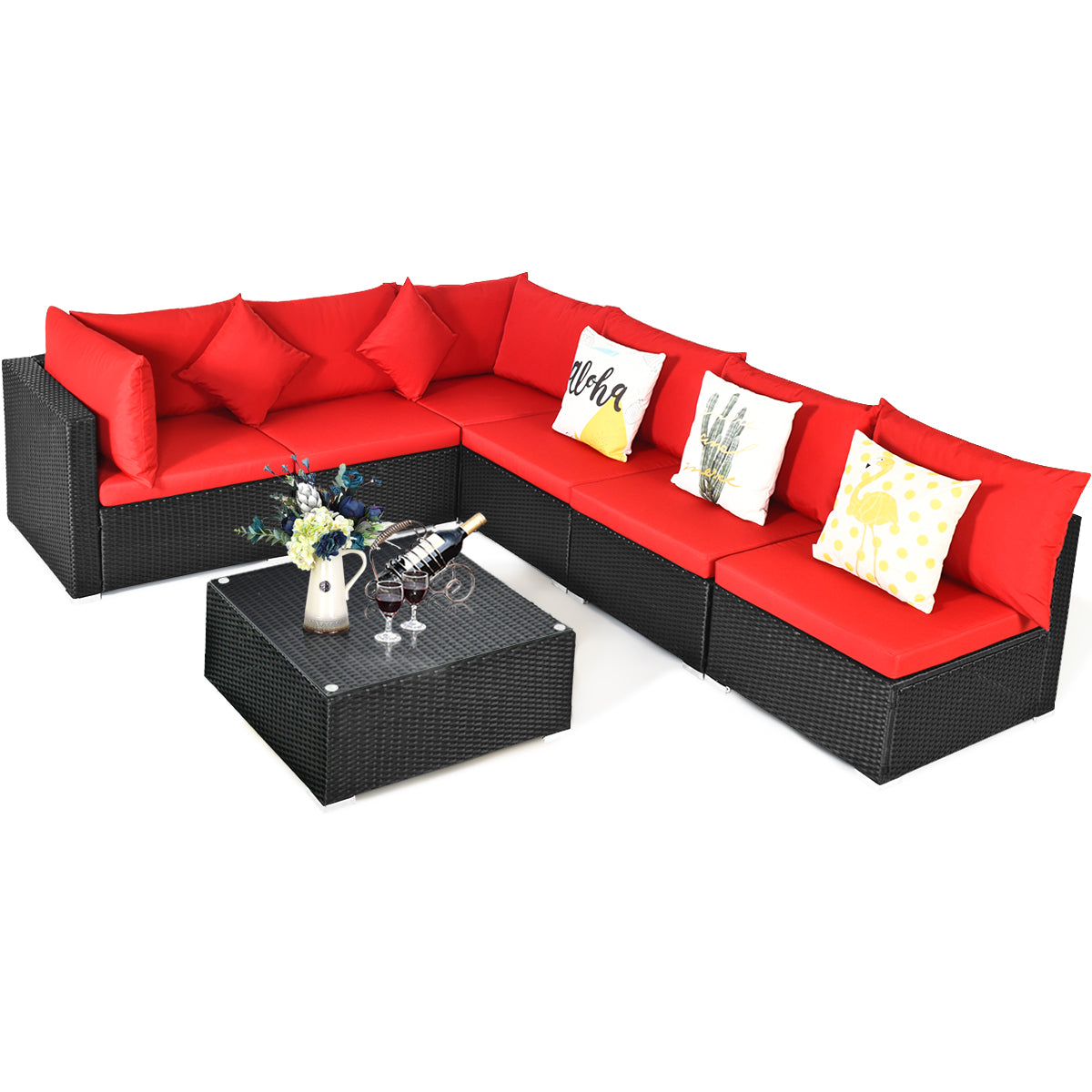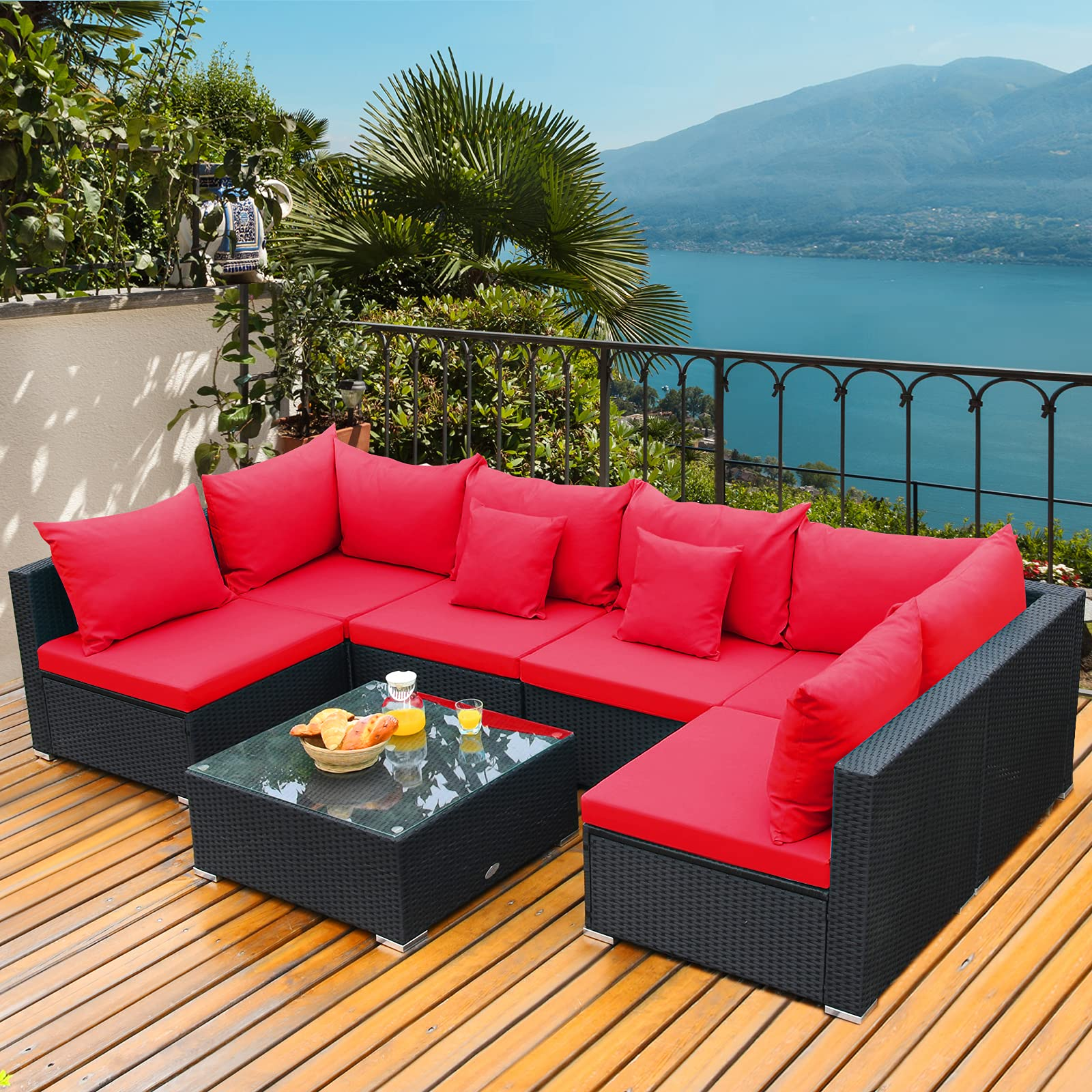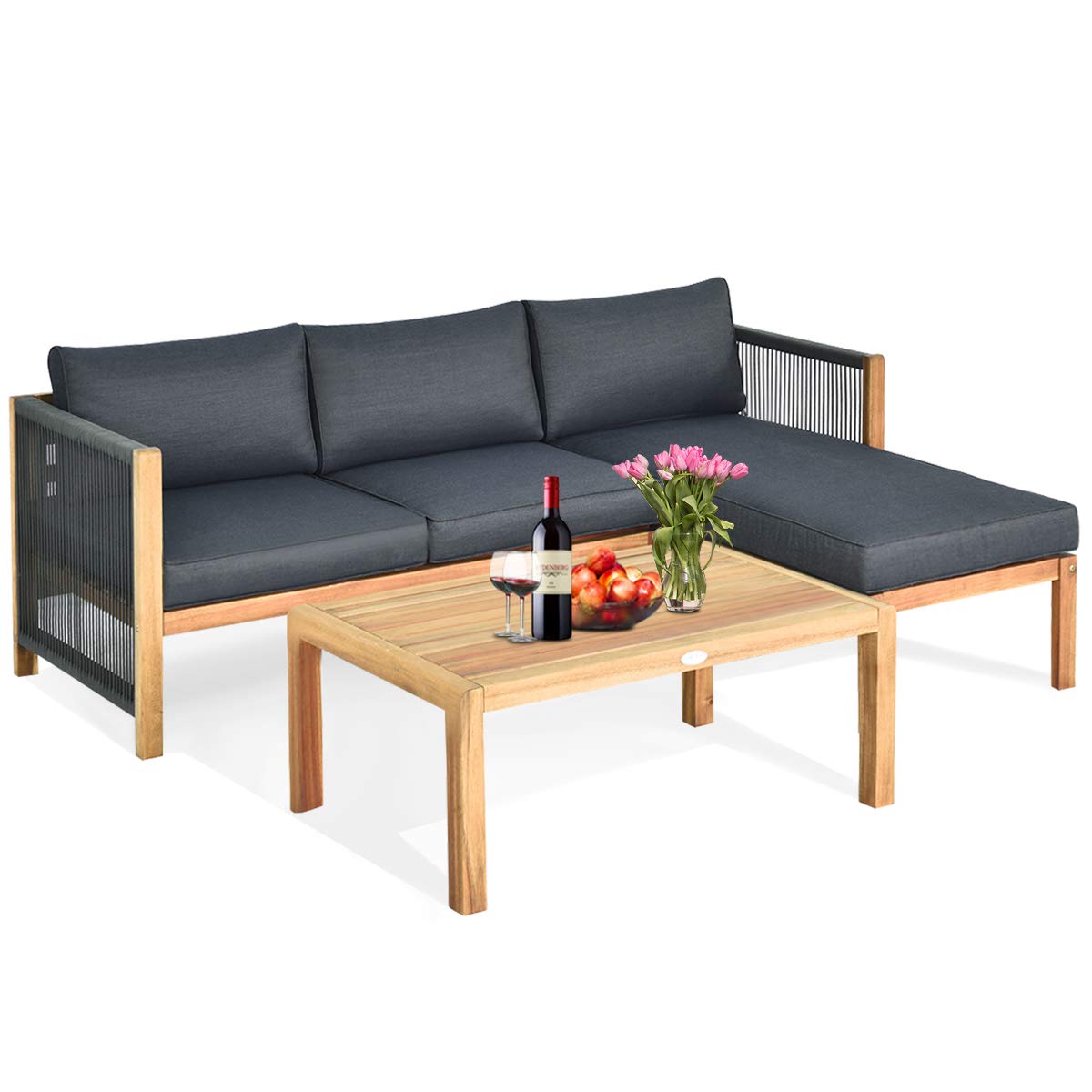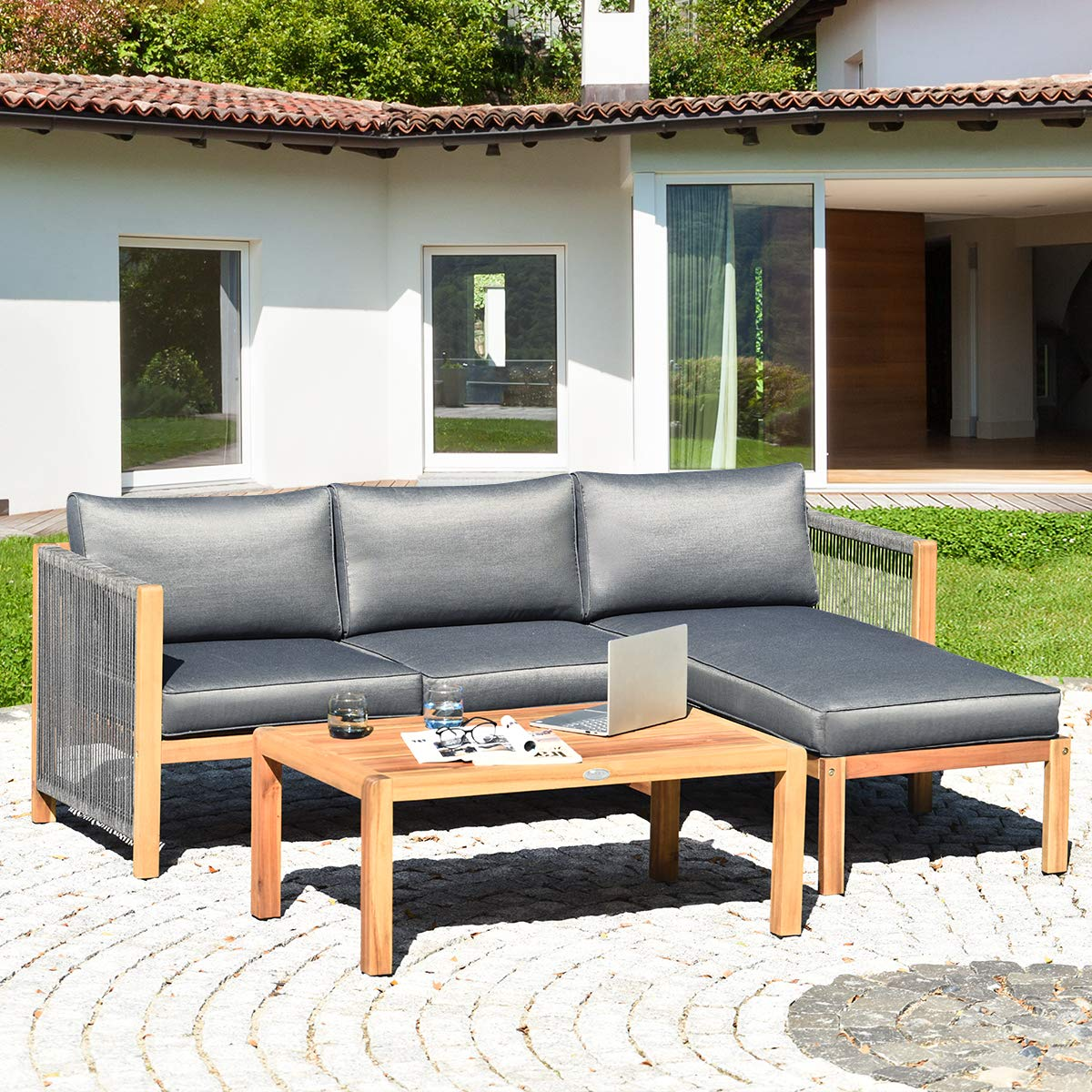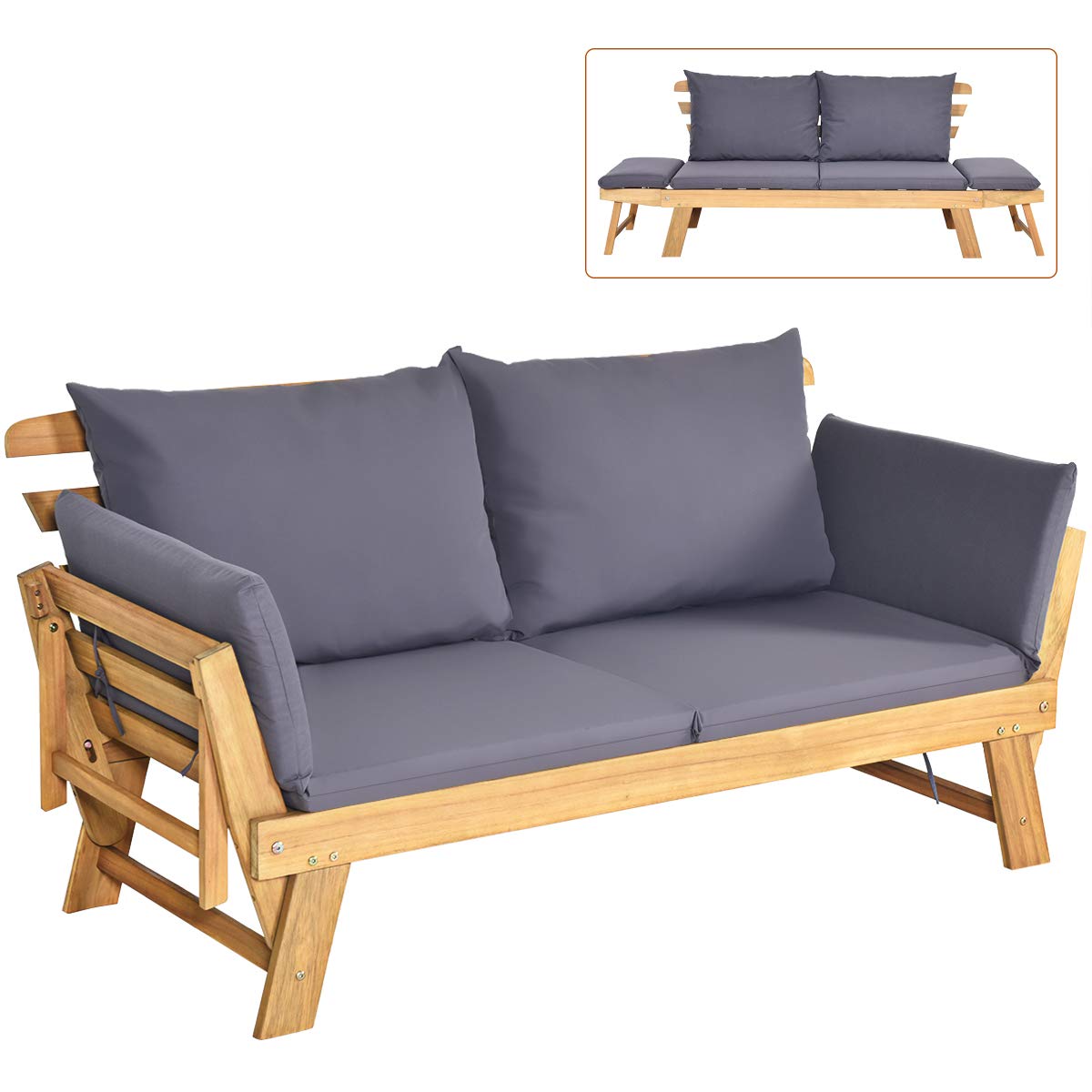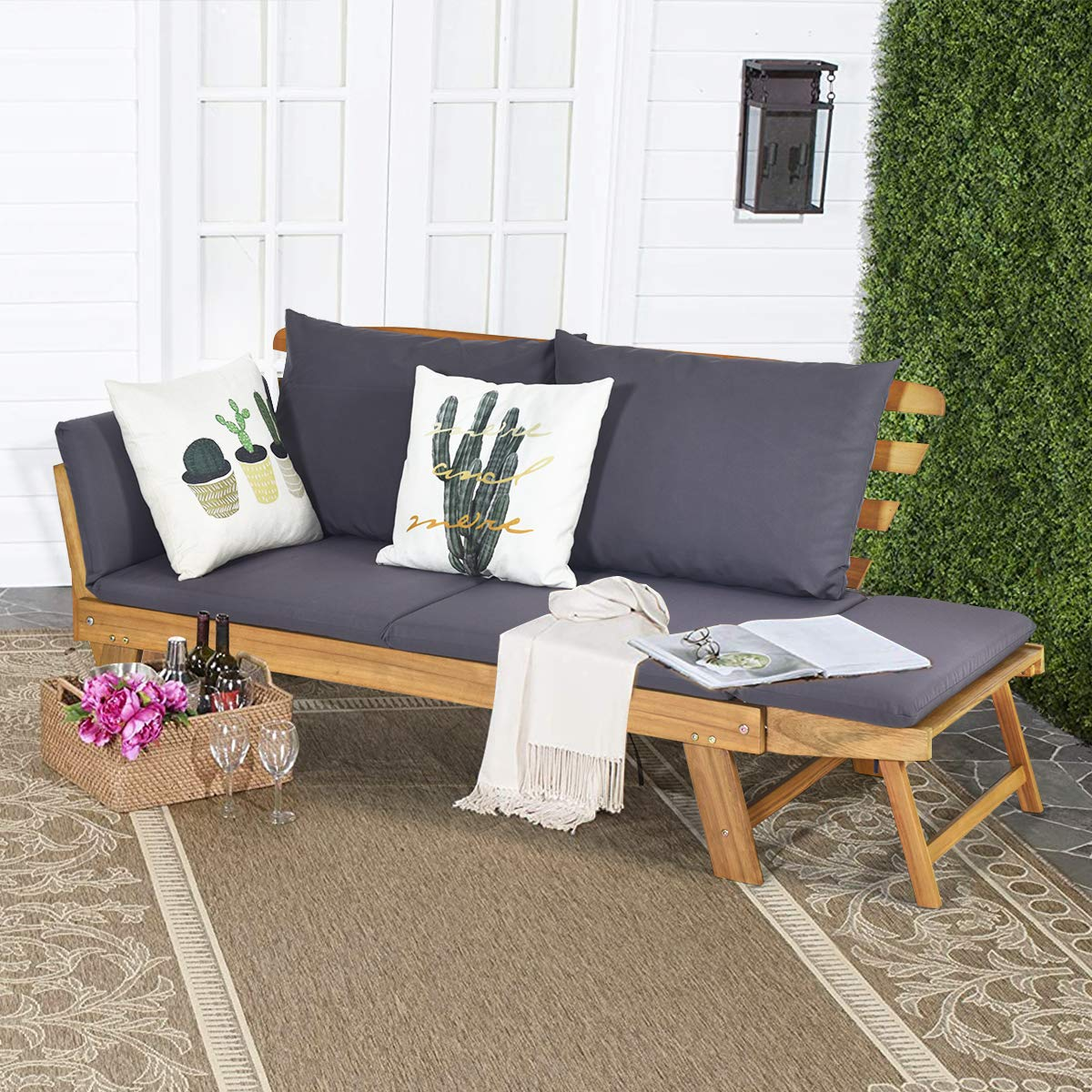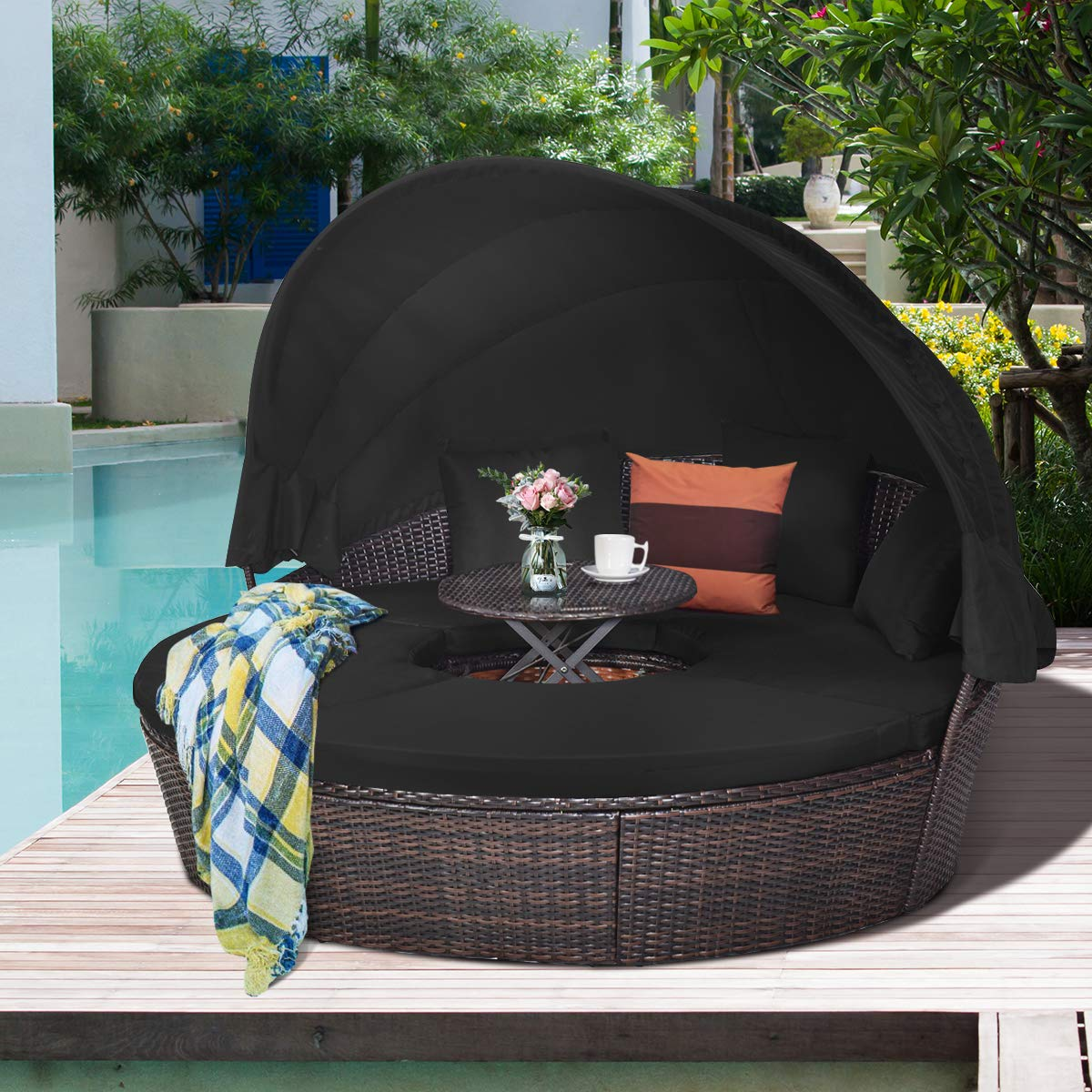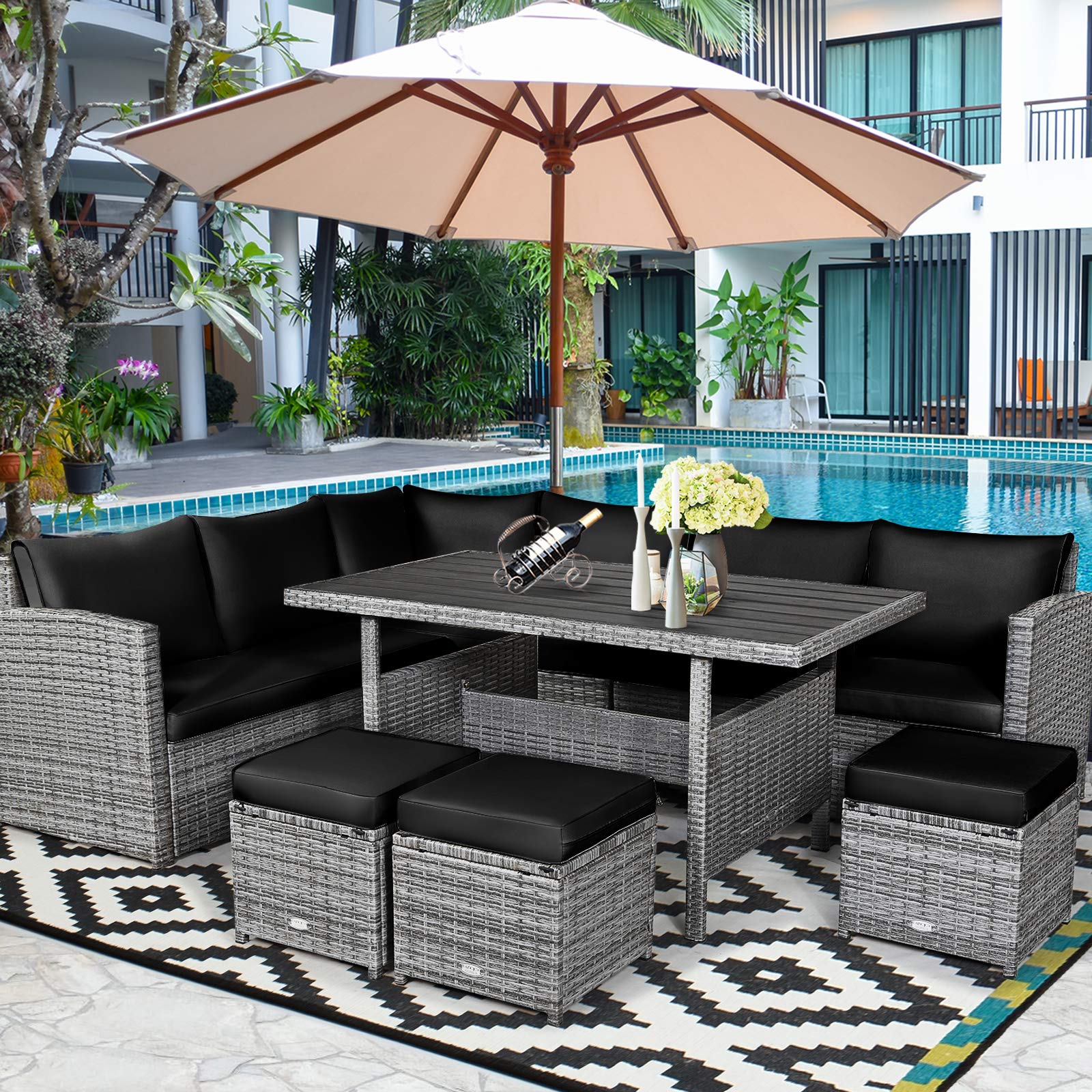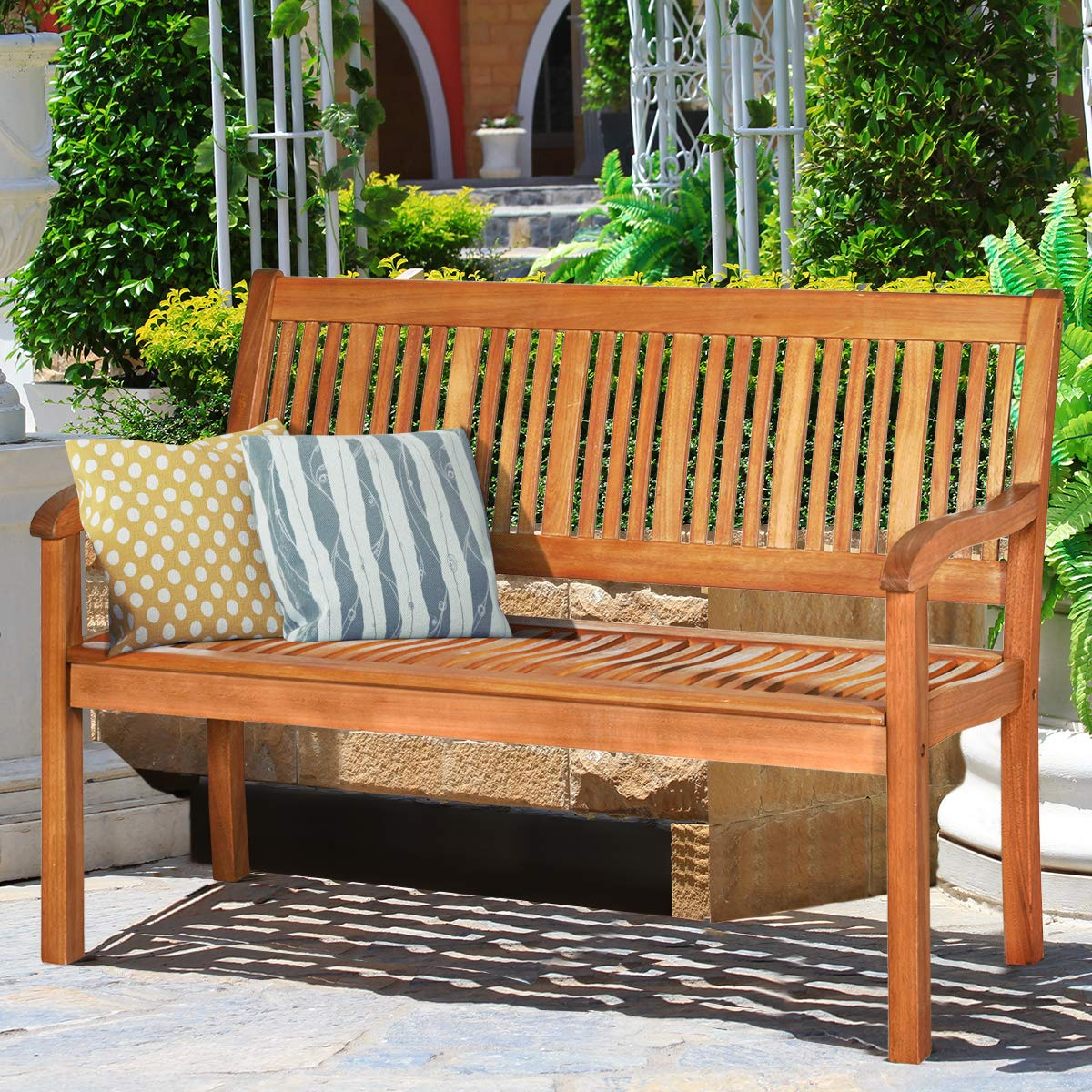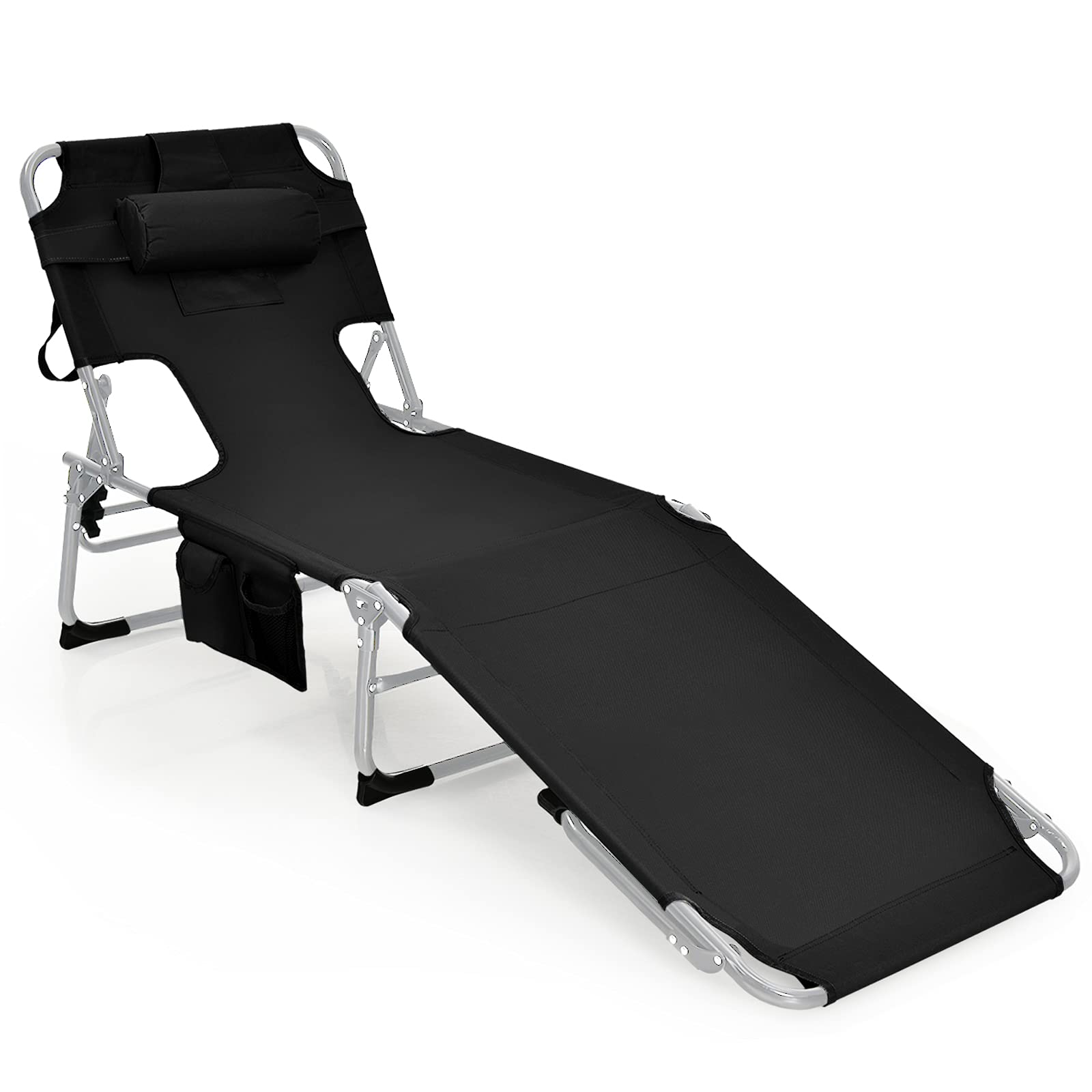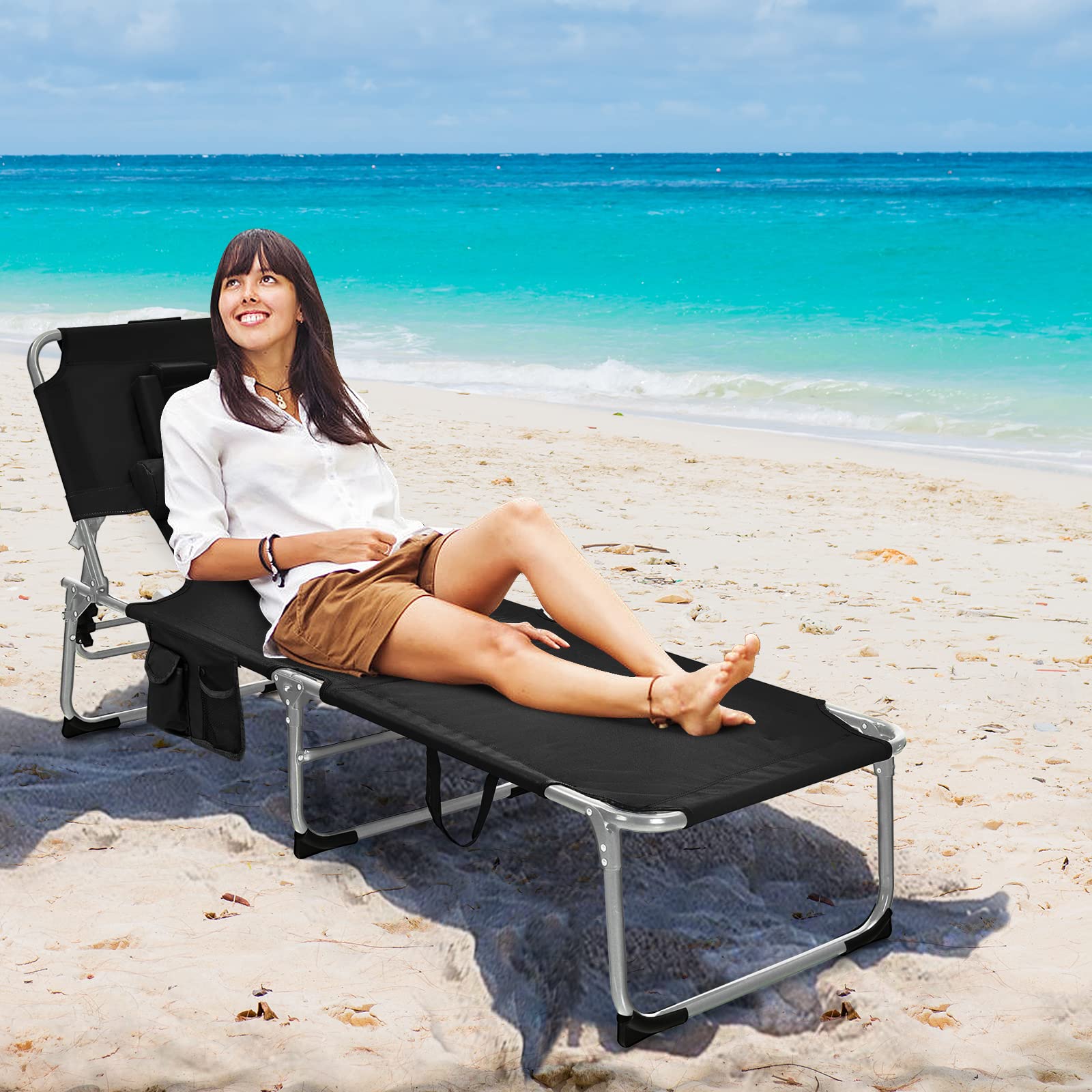Inside this Article:
- Step 1: Measure Your Outdoor Space
- Step 2: Define the Purpose of the Space
- Step 3: Select Furniture Dimensions Based on Function
- Step 4: Plan for Traffic Flow and Accessibility
- Step 5: Consider Material and Durability
- Step 6: Visualize and Adjust
- How to Test If Outdoor Furniture Fits Your Space
- Final Tips
How to Choose the Right Size for Outdoor Furniture
Determining the appropriate size for outdoor furniture is essential for creating a functional and aesthetically pleasing outdoor space. Proper sizing ensures comfort, facilitates movement, and enhances the overall ambiance of your patio or garden. Here is a helpful guide based on industry standards and expert advice. This will help you choose the right-sized furniture for your outdoor space.
Step 1: Measure Your Outdoor Space
Before purchasing any furniture, accurately measure the dimensions of your outdoor area. This includes noting the length, width, and any architectural features such as walls, pathways, or existing structures. Utilize a tape measure or digital tools to obtain precise measurements. Advisable to sketch a scaled layout of your space to visualize potential furniture arrangements.
Step 2: Define the Purpose of the Space
Determine the primary functions your outdoor area will serve. Common purposes include:
- Dining Area: For meals and gatherings.
- Lounge Area: For relaxation and socializing.
- Entertainment Zone: For hosting events or watching outdoor media.
- Multi-functional Space: Combining various activities.
Understanding the intended use will guide you in selecting the appropriate furniture types and sizes.
Step 3: Select Furniture Dimensions Based on Function
Patio Dining Sets
Outdoor Dining Table Dimensions:
| Round Table Size | Rectangular Table Size | |
| 4-person | 36–48 inches in diameter | 36×48 inches |
| 6-person | 48–60 inches in diameter | 36×72 inches |
| 8-person | 60–72 inches in diameter | 36×96 inches |
Outdoor Dining Chair Dimensions:
- Seat Height: 17–19 inches.
- Seat Width: 18–20 inches.
- Seat Depth: 20–24 inches.
Ensure at least 36 inches of clearance around the table to allow for comfortable movement and chair placement.
Outdoor Lounge Furniture
Sofas and Loveseats:
- Length: 52–94 inches.
- Depth: 30–42 inches.
- Seat Height: 15–18 inches.
Outdoor Lounge Chairs:
- Seat Width: 20–25 inches.
- Seat Depth: 20–24 inches.
- Seat Height: 15–18 inches.
Outdoor Coffee Tables:
- Height: 16–18 inches.
- Length: 36–48 inches.
- Width: 18–24 inches.
Maintain at least 18 inches between seating and coffee tables for ease of movement.
Outdoor Bistro Sets
Ideal for small spaces:
- Table Diameter: 24–30 inches.
Outdoor Stool Dimensions:
- Seat Height: 17–18 inches.
- Seat Width: 16–18 inches.
- Seat Depth: 16–18 inches.
A 6×8-foot area is typically sufficient to accommodate a bistro set comfortably.
Step 4: Plan for Traffic Flow and Accessibility
Adequate spacing between furniture pieces is crucial for movement and accessibility:
- Walkways: Maintain at least 36 inches of clearance for walkways around furniture.
- Between Chairs: Allow 24–30 inches between chairs to ensure comfortable seating.
- Between Seating and Walls: Ensure at least 18 inches between seating and walls or other obstacles.
Step 5: Consider Material and Durability
The material of your outdoor furniture affects its durability and maintenance:
- Teak: Durable and resistant to weather elements.
- Aluminum: Lightweight and rust-resistant.
- Wrought Iron: Heavy and sturdy, suitable for windy areas.
- Synthetic Resin: Low-maintenance and weather-resistant.
Choose materials that align with your climate and maintenance preferences.
Step 6: Visualize and Adjust
Before finalizing your furniture selection, visualize the arrangement within your space:
- Use Templates: Create paper cutouts of furniture pieces to simulate placement.
- Digital Tools: Utilize online room planners or apps to model your layout.
- Adjust as Needed: Ensure the arrangement allows for comfortable movement and meets your functional needs.
How to Test If Outdoor Furniture Fits Your Space
Ensuring that your outdoor furniture fits comfortably within your space is crucial for both functionality and aesthetics. Here's a step-by-step guide to help you assess the fit:
1. Use Painter's Tape to Outline Furniture Dimensions
Before purchasing, use painter's tape to mark the dimensions of the furniture on your patio or deck. This visual shows how much space the furniture will occupy. It helps you plan the layout better.
2. Maintain Adequate Clearance for Movement
Ensure there is sufficient space around each furniture piece to allow for easy movement. A general guideline is to leave at least 36 inches (3 feet) of clearance between furniture and walls or other obstacles.
3. Consider Traffic Flow
Plan for smooth traffic flow by leaving enough room for people to walk comfortably between furniture pieces. Aim for pathways that are at least 24 inches wide and up to 48 inches in high-traffic areas.
4. Assess Functional Zones
If your outdoor space serves multiple purposes, such as dining and lounging, ensure each zone is appropriately sized. For example, a dining area for six to eight people typically requires a 12×12-foot space.
5. Test with Existing Furniture
If you've already purchased the furniture, place it in the intended location and assess the fit. Ensure that there is enough space for movement and that the furniture doesn't overcrowd the area.
Final Tips
- Proportionality: Ensure furniture size is proportional to the space to avoid overcrowding.
- Functionality: Select furniture that suits your intended activities.
- Comfort: Prioritize comfort, especially for seating areas.
- Durability: Invest in quality materials for longevity.
By carefully considering these factors, you can select outdoor furniture that enhances your space's functionality and aesthetic appeal.

